In 1913 Canberra was chosen as capital of Australia, putting an end to the rivalry between Melbourne and Sydney. The name means “meeting place”, and is pronounced “Canbra”. The city is designed, which shows in the broad streets, open spaces and strategically located institutions like schools, medical centres and museums. Lake Burley Griffin, the artificial lake in the centre of Canberra, is named after the architect who designed the city.
To us, Canberra felt organised, neat, and maybe a bit distant and formal. Even the campsite where we stayed for a couple of nights felt formal, not as homy and natural as other campsites. We can’t really put our finger on what was different, it just felt different. The people were friendly though, as most Australians, and there’s plenty to see and do in Canberra.
Enjoy the view from Mount Ainslie
One of the first things we did in Canberra was driving up Mount Ainslie in our campervan for an overview over Canberra. The view is beautiful and you can clearly see it’s a designed city, it looks neat and organised. A plate shows the view with the important buildings marked and named. The most impressive buildings we saw were the Australian War Memorial and the Parliament House, both on different sides of Lake Burley Griffin. We even spotted an Ikea store on the left, easily recognisable by its colours.
The viewpoint on Mount Ainslie is called the Marion Mahony Griffin View, named after the architect’s wife. It has picnic tables, recycling bins, and a water bottle refill station. There’s a nice walking track down the mountain, but we only walked a short piece till the location of a geocache that’s hidden there.
Learn about the war history at the Australian War Memorial
The Australian War Memorial is a shrine, a museum, and an archive. It commemorates the Australians who gave their life for their country and tells their stories for the world to hear, see, and remember. They’ll even help you track down information of relatives who fought and died in different conflicts. The museum is open from 10h to 17h, and entrance is free.
We arrived just in time for one of the free guided tours on offer at the Australian War Memorial. We thought we joined the 90 minute highlight tour, but it turned out to be the 60 minute First World War tour. You can check the timetable of the free tours on the website of museum to better plan your visit. Claudia, the volunteer giving the tour, seemed kind of nervous, but we could tell she was very interested in the First World War and knew quite a deal about it. We would have preferred the highlights tour though. After the tour we spent another hour exploring the museum on our own. Free audio guides are available as well, for limited parts of the museum.
Claudia urged for us to attend the Last Post Ceremony held daily at 16h55 beside the Pool of Reflection. The galleries on both sides of the pool hold the Roll of Honour on their wall, listing the names of more than 102,000 Australians who gave their life. Each day one of those people is commemorated in a formal ceremony, and flowers are put beside the Pool of Reflection. Their story is told, the Ode is recited and the ceremony ends with the sounding of the Last Post. It’s definitely worth it to attend and learn the story of one of the Australian soldiers.
Feel like a child again at Questacon
Another kind of museum worth visiting in Canberra is Questacon, the National Science and Technology Centre. It opened in 1988 and was built in cooperation with Japan. The centre is open every day between 9h and 17h. The entry fee is normally $23 per adult, but the friendly guy at the counter let us enter as an adult and a student, so we paid only $40.50 instead of $46. The centre lets you experience science and technology in a fun, interactive and relevant way. This is right up Brecht’s alley, so he was really excited to go.
Questacon is made up of eight galleries and a foyer, all filled with cool and interesting exhibits illustrating how science and technology work. Our favourite gallery was number 7, called Excite@Q, with its free fall down a six meter slide. It doesn’t sound that high, but I got the jitters standing up there! The spiders exhibition was interesting as well, although scary. I never saw so many different spiders in one space (and hopefully never will again!). Other galleries show interactive exhibits about the power and beauty of the Earth, the different aspects of inventions, and how water shapes our lives and landscapes. In the Q Lab you can look through microscopes and conduct experiments, Wonderworks explores colours, movement, light and sound, and there’s a gallery for the little ones (0-6 years old) as well.
And last but not least we went to the Questacon Excited Particles’ Show in the Japan Theatre. This science show runs daily but the host and subject change. You can check out the website for information about upcoming shows. The show we watched was about taste. We loved Matt, the host, and the show was very interesting and interactive. It was the first day of school when we were there, so it was a quiet day at Questacon. Perfect, because this meant there was a small audience and almost everyone could participate in an experiment. I had my tongue sprayed blue to compare my number of tastebuds with those of Matt, and Brecht tried a miracle berry making sour things taste sweet. We had a great time!
At was already quite late so we had lunch at the Megabites Cafe at Questacon. It was not bad, but I’m sure you can find better food in Canberra. There’s a Q Shop as well if you want to buy some souvenirs or interesting science toys. All around the building there’s the Science Garden. Most exhibits look like art to me, but there’s a rock xylophone as well. At one of those exhibits we found a geocache, so don’t forget to check!
Join a free tour around the Parliament House
Some more geocaching lead us from the National Library to the Parliament House. Entry is free, but you have to pass through metal detectors. You can book an In-depth-Tour, which is paid, but there are free guided tours as well: the Welcome to Parliament House Tour. We joined one of those by signing up at the information desk in the Marble Foyer. You’ll receive a lanyard indicating the kind of tour you signed up for.
We were showed around by a very (very!) enthusiastic young guide. She was very capable, even a bit funny, and spoke loud and clear so everyone in our big tour group could hear. She told us about the construction and history of the building and the way things work there. She coloured her explanations with fun facts, which kept it all interesting. We’ll share just one or two, as we don’t want to spoil your tour.
When a new Parliament House had to be built, a design competition was held, attracting 329 entries from 28 countries. One of the reasons the design of a New York based firm won, is because it was not on top of the hill but incorporated in the hill. They felt this was perfect, because they didn’t want to be looking down on the people, as they’re not above them, they’re in fact serving them. This design made it possible for people to walk over the building, a great symbolic feature. We were surprised to find out that The Great Hall can be hired for private events as well. It’s now added to our list of possible wedding venues.
By the time the tour was finished, we were unfortunately no longer allowed up to the rooftop of the Parliament House. If I remember correctly, the last elevator goes up at 16h50. We missed out on a great view over Canberra and getting close to the 101 metre high flag mast. Make sure you don’t!
As we visited on a parliamentary sitting day (Monday-Friday), we were allowed to view the proceedings of both the Senate and the House of Representatives. We went up the public galleries, and got a glimpse of national politics in action, interesting to behold.
How to get around in Canberra
There’s ample parking space at the sights we visited. We drove our campervan up Mount Ainslie and stopped at the Australian War Memorial afterwards, both have free parking. The next day we took the bus to Questacon and the Parliament House. A daily bus pass can be bought on the bus and costs $9 per adult.
We spent two days in Canberra, which was perfect for visiting the things we wanted to see while searching some geocaches along the way. There are a few more museums that might interest you and we didn’t get the chance to check out the Botanical Gardens, so there are definitely plenty of things to do in Canberra!


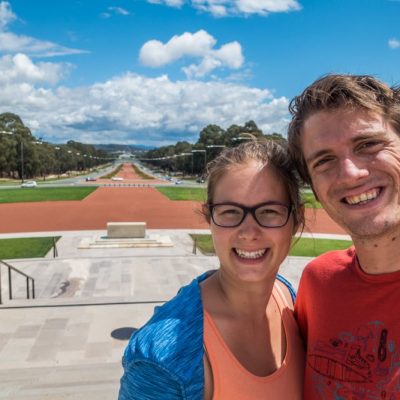


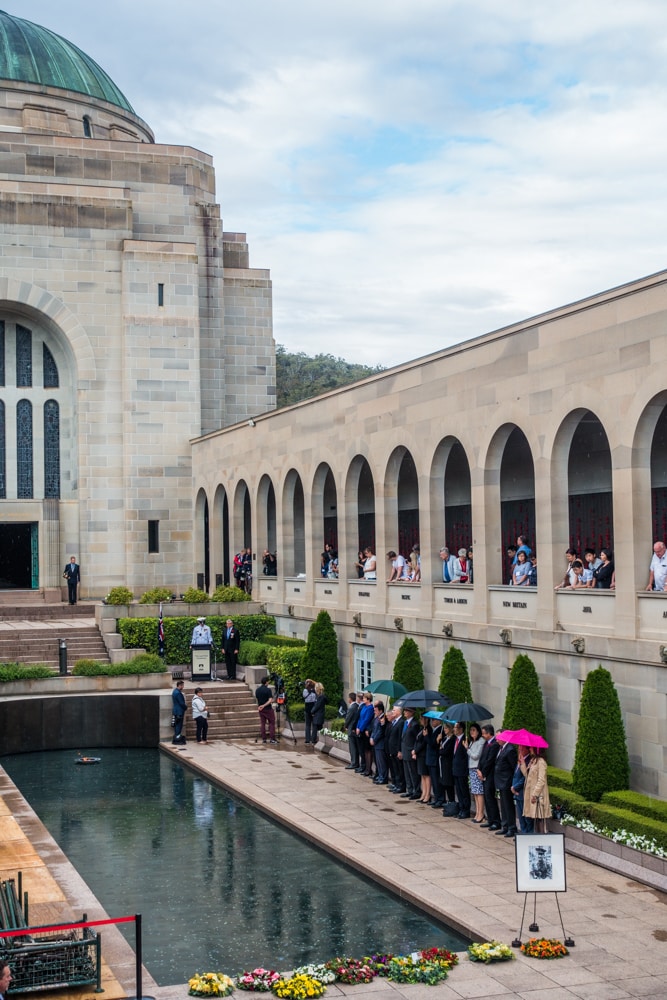
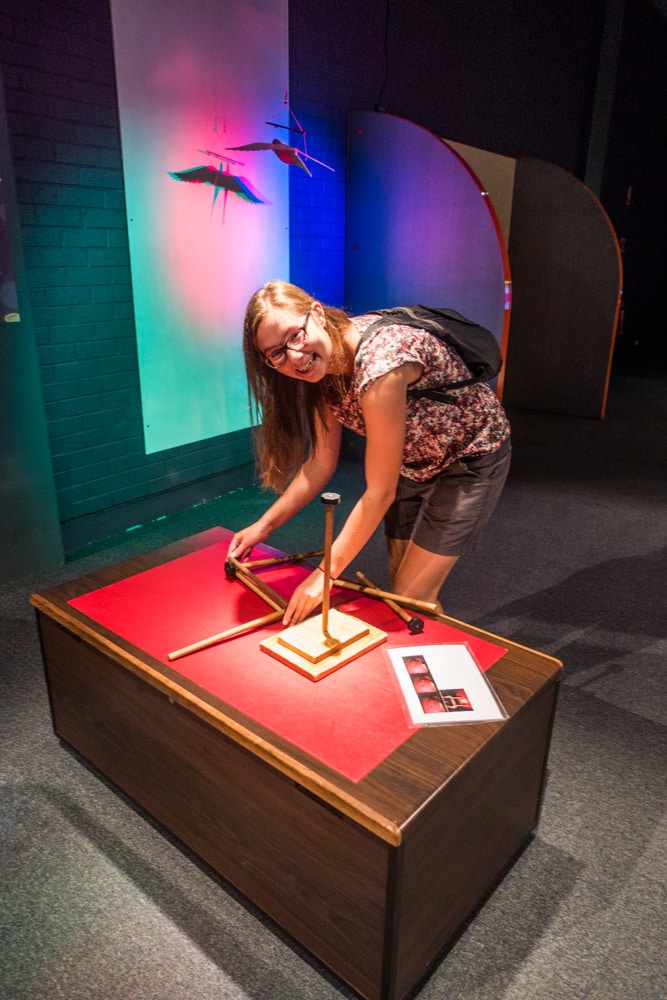
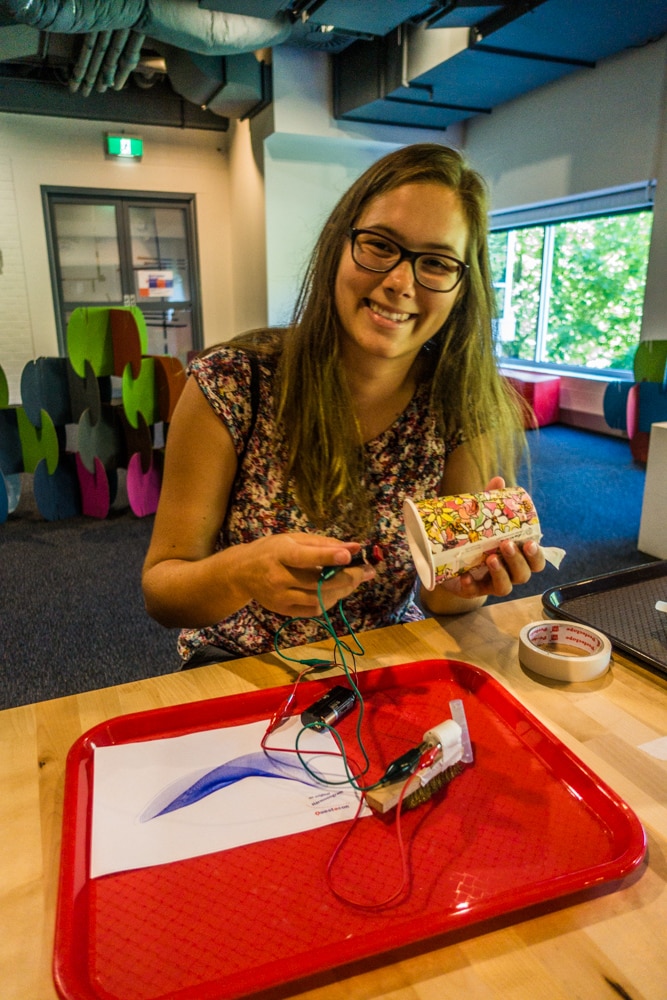
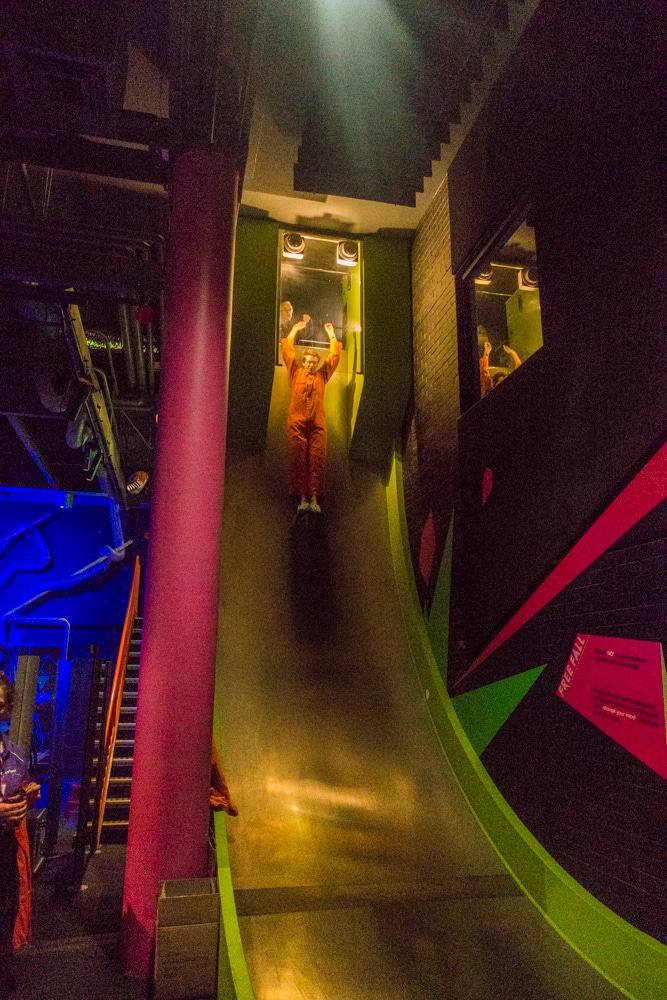
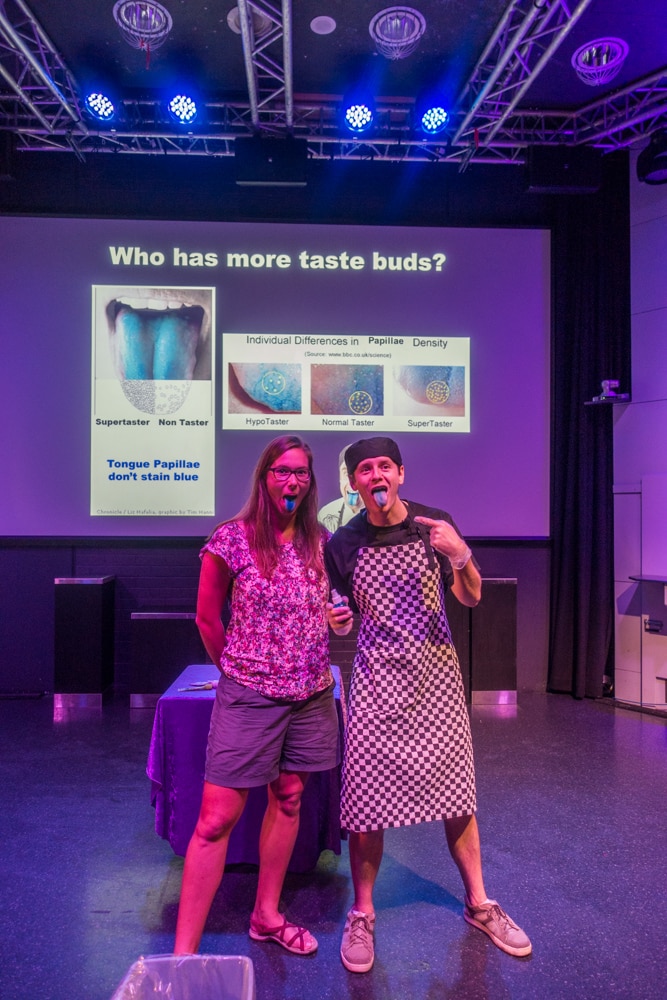





De smaakpapillen laten prikkelen in Canberra ?